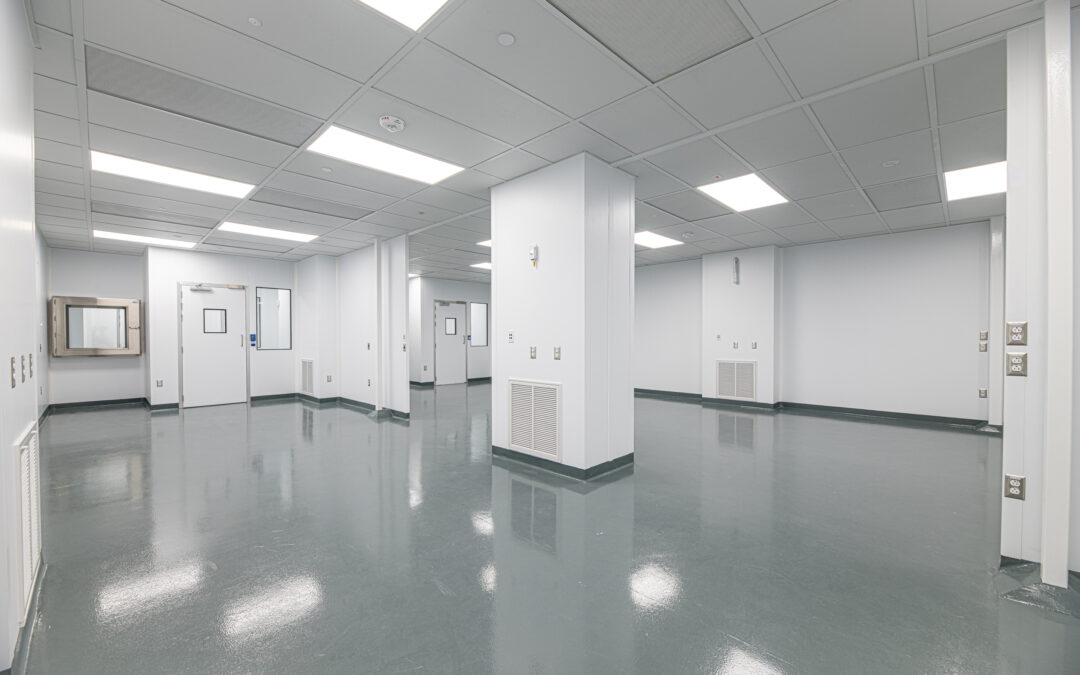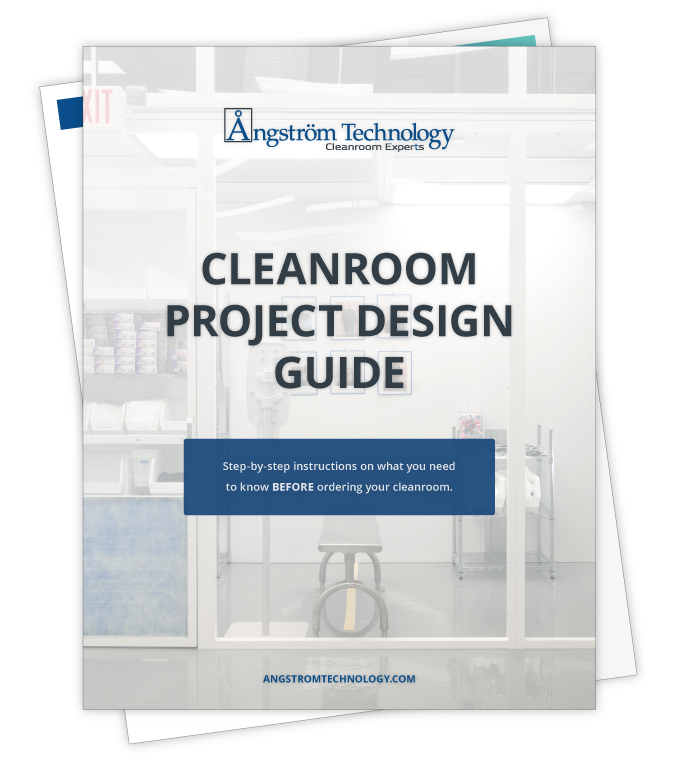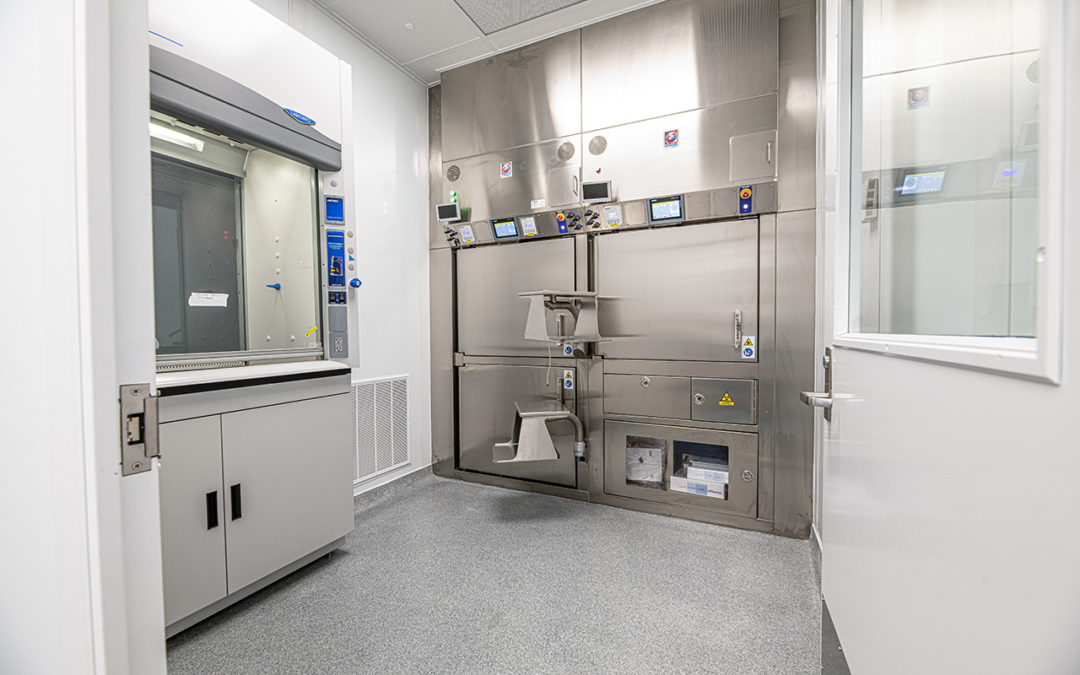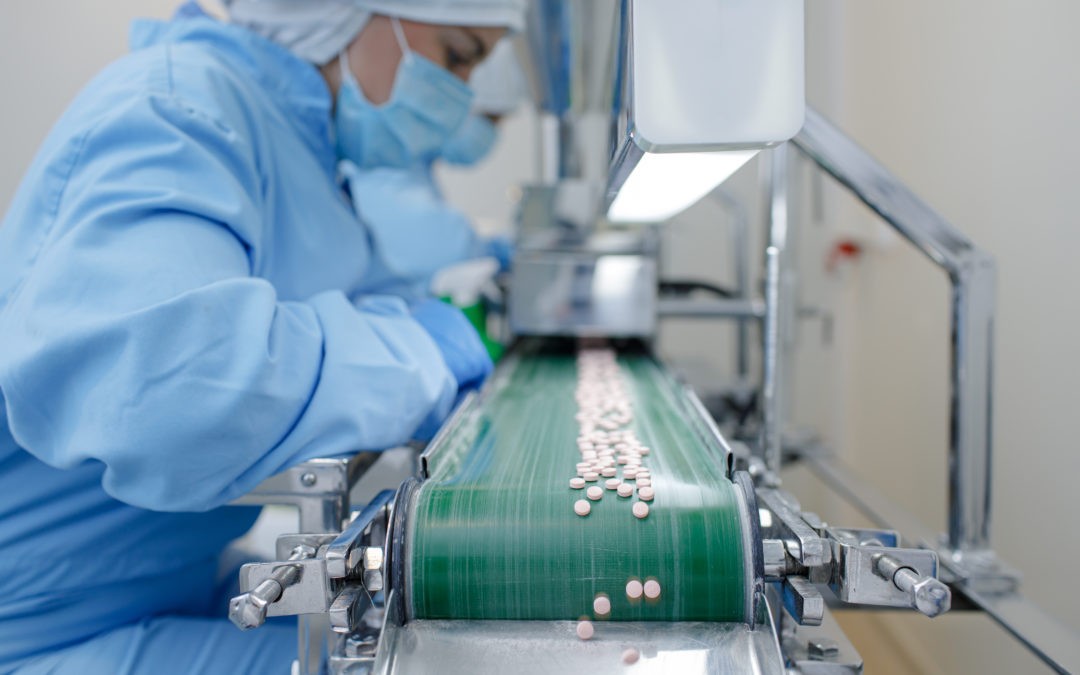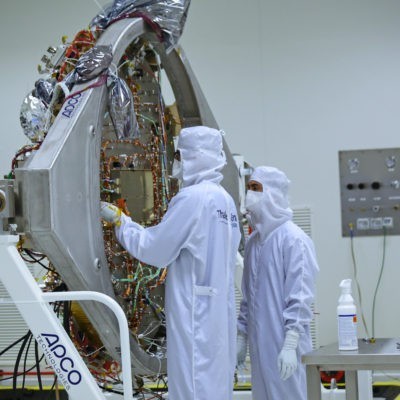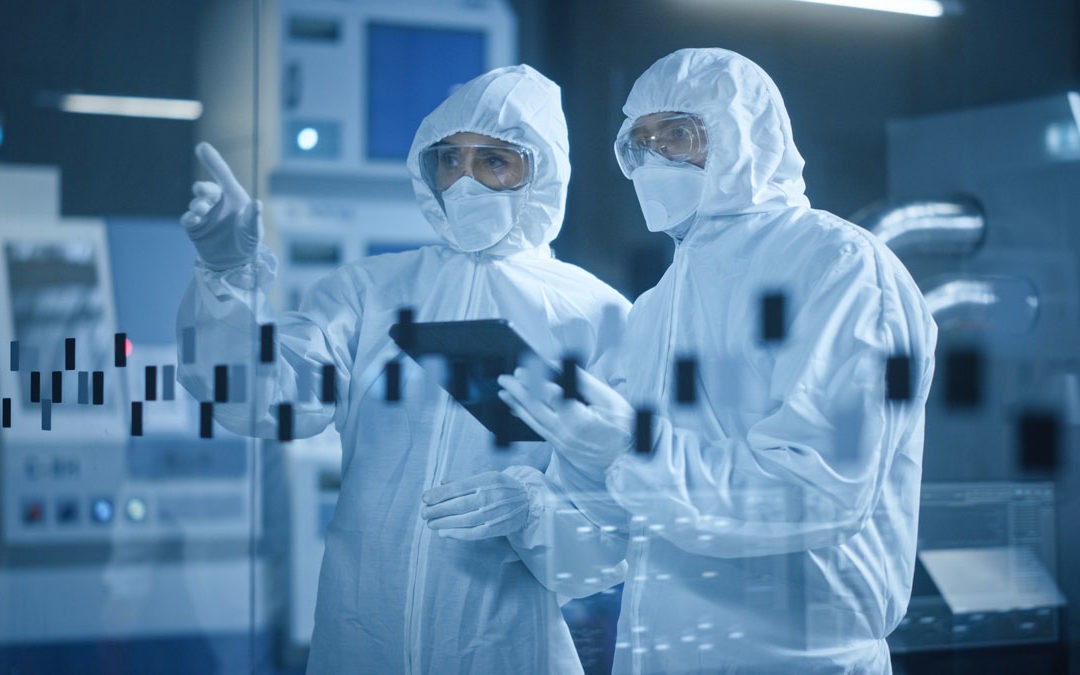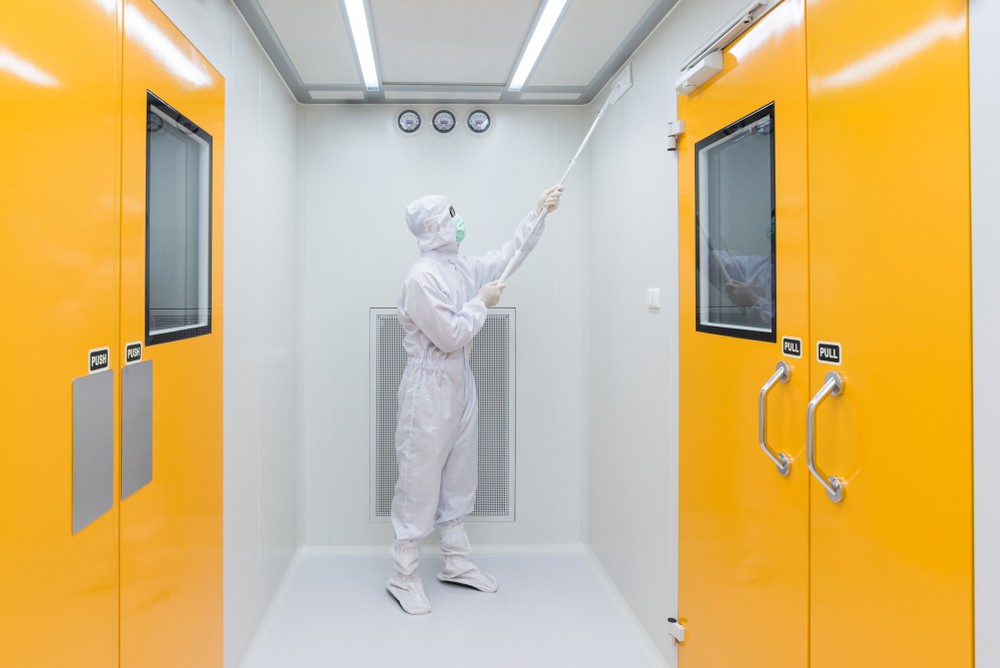
Cleaning Cleanrooms: How Often Should You Have Your Cleanroom Cleaned?
After investing in a top-of-the-line cleanroom, keeping it in pristine condition is crucial. When properly cared for, a cleanroom will function at peak performance. If not, the quality of the cleanroom can quickly deteriorate, affecting daily operations.
To learn the best cleaning cleanroom procedures and practices, just keep reading!
6 Effective Cleanroom Cleaning Strategies
Cleaning your cleanroom is more than just the protocol; it also relies on your products, people, and regular performance checks.
Note: Even if you follow a regular cleaning schedule, contaminants can still infiltrate your cleanroom and interrupt your processes. Cleaning your cleanroom is more than just the protocol; it also relies on your products, people, and regular performance checks.
1. Follow Industry-Specific Standards
Cleanrooms vary widely in use. Manufacturing cleanrooms don’t have the same functions or standards as pharmaceutical or laboratory cleanrooms. Depending on your industry, your cleanroom will have a specific layout, ISO rating, and cleanliness standard. Therefore, its cleaning schedule and procedure will also differ.
Cleanrooms with higher ISO ratings must be kept at much higher levels of sanitation to reduce the chance of interference of minute particles and contaminants. Conversely, cleanrooms with lower class ratings may be less threatened by certain contaminants or smaller particle sizes, but they still require regular cleaning to maintain standards and efficiency.
2. Follow Contamination Prevention Protocols
The best way to keep your cleanroom clean is to follow proper sanitation techniques before entering a cleanroom. These include washing and drying hands completely, using sterile and not powdered gloves, following the proper gowning procedure for your ISO class, and ensuring all employees can access garments and tools that fit them.
In a perfect world, we would prevent contamination by introducing zero contaminants into your cleanroom environment. Of course, this is virtually impossible, so regular cleaning and maintenance of your cleanroom and its systems is critical.
3. Establish Regular Cleanroom Cleaning Procedures
Keeping your workspace clean requires diligent adherence to daily and weekly cleaning schedules. Depending on the strictness of your class standard, more rigorous objectives may need to be added, or these tasks will need to be completed more frequently.
Whatever your facility requires, create and follow a cleaning schedule that clearly defines all assignments, making them easy to understand and follow. Here are the general cleaning protocols recommended for broad cleanroom needs.
Daily Cleanroom Cleaning:
- Before a shift begins, use a damp mop on floors and vacuum to dry.
- Vacuum all walls using a HEPA filter vacuum.
- Wash and wipe all windows and pass-throughs dry.
- At the end of every shift, wipe down all work areas. This should occur more frequently in cleanrooms with higher standards.
- Put away products and supplies between shifts to prevent further contamination.
Weekly Cleanroom Cleaning:
- Mop floors with a cleanroom-specific detergent, distilled water, and a HEPA filter vacuum.
- Wipe walls with a damp sponge and distilled water, then vacuum dry.
As Needed:
- Remove any residue or deposits on ceilings by washing with detergent and distilled water.
- Using a damp sponge, wipe off all light lenses.
- Change sticky mats as soon as you notice wear.
Remember, your specific cleanroom may have specialized cleaning and maintenance requirements. If you can keep and follow methodical cleaning procedures, you can enhance your cleanroom’s ability to serve you and your facility.
4. Use High-Quality Products Approved for Cleaning Cleanrooms
Cleaning products that are improperly sterilized or unsuitable for cleanroom use can cause contamination. You should use deionized and distilled water for mopping and wiping surfaces and use only cleanroom-specified cleaning agents. All chemicals and solvents for cleaning must be neutral, non-ionic, and non-foaming to avoid buildup on surfaces over time. High ISO class cleanrooms (ISO level 5-7) often require disinfectants to be sterilized before use, further protecting the cleanroom from any contaminants.
Never use scrubs or rags that could shed or corrode surfaces. Instead, only use woven polyester that is specified for cleanroom use. Employ a mopping system that separates dirty and clean water and will not scratch or contaminate the floor or walls. Follow a mopping protocol that efficiently cleans floors without spreading dirty water over cleaned areas.
It’s also a good practice to bring all materials that will be needed — such as brooms, mops, and cleaning agents — into the cleanroom before beginning to clean. This way, once the process is complete, you only need to exit once, reducing the possibility of contamination.
5. Properly Train Staff on Cleaning and Maintenance
All staff members and janitorial personnel should be well-educated on gowning procedures, environmental sterilization practices, and general equipment maintenance. It’s vital that they have a thorough understanding of the best methods for maintaining the cleanroom’s class standards.
Staff should also know what to do in case of a spill. Tools and cleaning supplies should be accessible, but not out in the open where cross-contamination could occur. Having guides and cleaning checklists posted visibly in the room will help staff maintain a sanitary environment.
6. Conduct Regular Cleanroom Cleaning Checkups
Even if you’re doing everything right and following the proper cleanroom procedures, continue to check your systems and air to monitor their quality and maintain particle levels. Air samplers or settle plates can test for organisms and measure particles per cubic feet.
Additionally, regular checkups of your HVAC system will ensure it maintains a steady temperature and humidity level, and consistently change air to your ISO specifications.
Expert Cleanroom Maintenance Solutions by Angstrom Technology
If you’re cleaning your cleanroom and still not getting the results you want, it might be time for some maintenance. Connect with the specialists at Angstrom Technology for comprehensive support in ensuring that every component within your cleanroom operates at its optimum capacity. Our expertise can troubleshoot any issues and ensure your cleanroom always functions to the best of its ability.

